Understanding Modern Restorative Dentistry
Restorative dentistry is a vital area of dental care focused on repairing and restoring the function, health, and appearance of damaged or missing teeth. Advances in technology and materials have dramatically transformed the field, offering more precise, durable, and aesthetically pleasing solutions. This article explores the most advanced restorative dentistry techniques and materials patients and professionals should know about, highlighting how these innovations improve outcomes and patient experiences.
Cutting-Edge Technologies Enhancing Precision and Efficiency
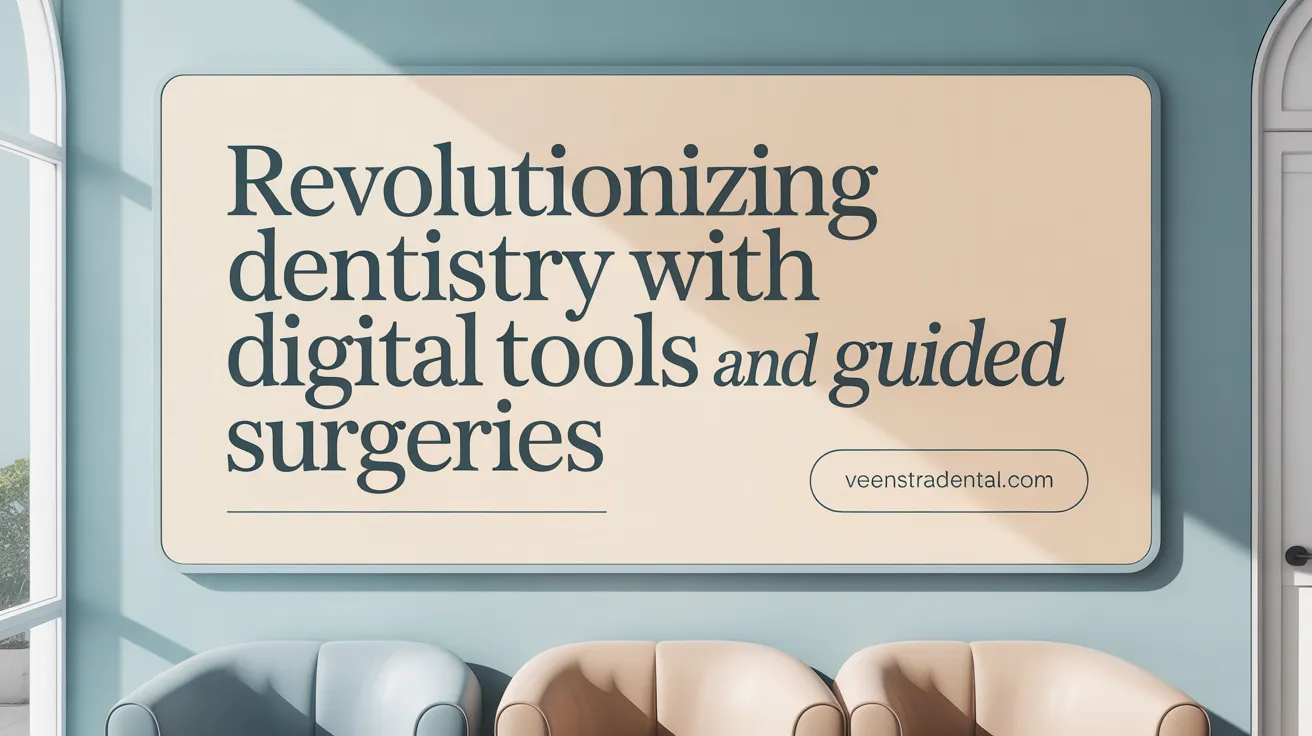
Digital Dentistry Tools like Intraoral Scanners, CAD/CAM Systems, and 3D Printing
Modern restorative dentistry has embraced digital technology to significantly improve precision and patient outcomes. Intraoral scanners capture highly detailed and accurate digital images of a patient's teeth, replacing uncomfortable traditional molds. These scans are used with CAD/CAM (computer-aided design/computer-aided manufacturing) systems to design and fabricate dental restorations such as crowns, veneers, and bridges quickly and with exceptional fit.
3D printing further revolutionizes dental restorations by producing custom prosthetics with highly accurate dimensions and natural appearance. This technology allows for streamlined production and reduces the time patients wait for their restorations, enhancing convenience and satisfaction.
Same-Day Crowns and Digital Impressions
Utilizing CAD/CAM technology, dentists can now create and place crowns in a single visit through processes commonly referred to as same-day crowns. This advancement eliminates the need for temporary crowns and multiple appointments, offering patients an efficient, cost-effective solution without compromising quality.
Digital impressions taken with intraoral scanners provide highly precise data for crafting crowns and other restorations, improving the fit and longevity compared to traditional impressions. These digital methods also enhance patient comfort, particularly for those with a strong gag reflex or dental anxiety.
Guided Implant Surgery and 3D Imaging for Precise Implant Placement
Guided implant surgery combines 3D imaging with computer software to plan and execute the placement of dental implants with exceptional accuracy. 3D scans of the jawbone provide critical information about bone density and anatomical structures, allowing dentists to choose the optimal implant size and position.
This precise planning reduces surgical time, improves implant stability, and shortens patient recovery. The integration of guided surgery in restorative dentistry increases success rates and offers patients a predictable and minimally invasive implant experience.
Advanced Dental Implants and Full-Arch Restorations
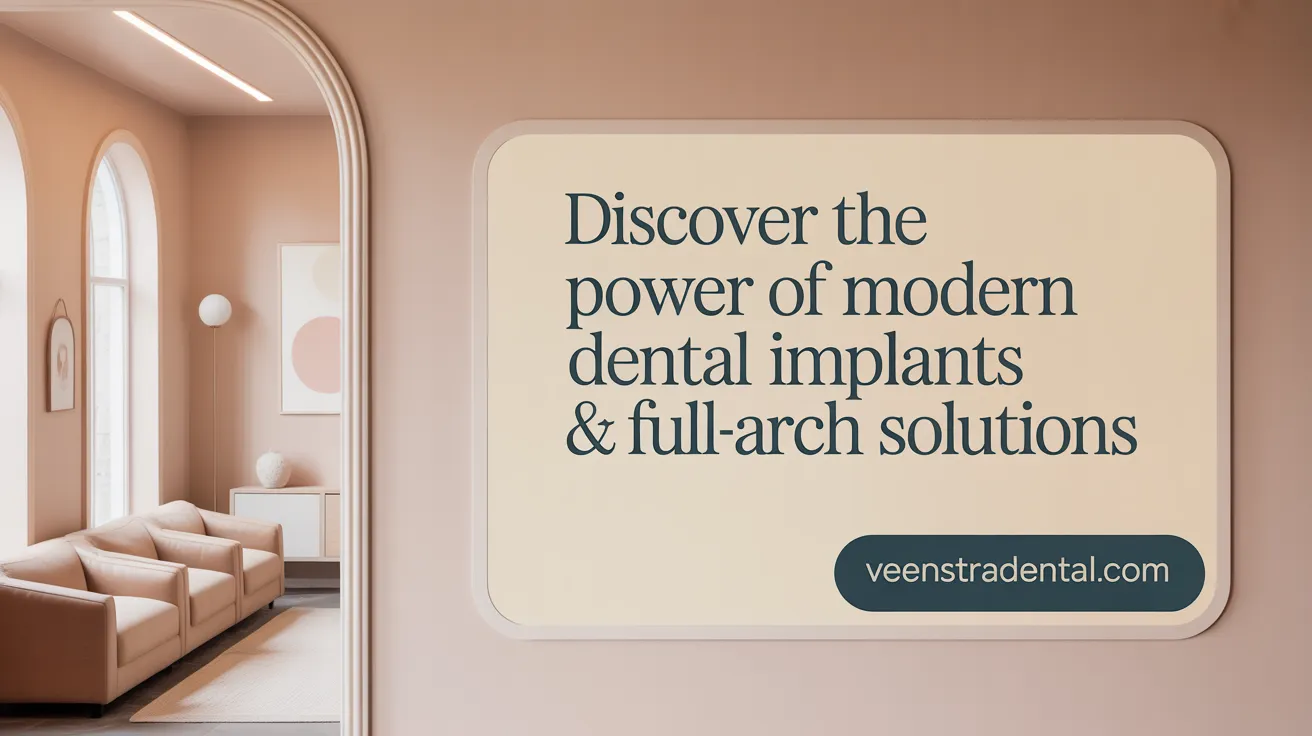
What Makes Dental Implants the Gold Standard in Restorative Dentistry
Dental implants are widely recognized as the gold standard for tooth replacement. These implants consist of titanium posts that are surgically placed into the jawbone, mimicking the function of natural tooth roots. Their stability and integration with the bone provide a durable and natural-looking foundation for crowns, bridges, or dentures.
How Do All-on-4 Implants Simplify Full-Arch Restorations?
The All-on-4 technique uses four strategically positioned implants to support a full arch of replacement teeth. This method reduces surgery and recovery times compared to placing individual implants for each missing tooth. It offers patients a quicker, less invasive path to a functioning and aesthetically pleasing smile.
Why Is Osseointegration Vital for Implant Success?
Osseointegration is the process where the implant fuses with the jawbone, ensuring long-term stability and durability. This biological bonding not only anchors the implant securely but also maintains the jawbone's health, preventing bone loss and preserving facial contours.
What Are the Oral Health and Facial Benefits of Implants?
Implants help maintain oral health by preventing bone resorption often seen with missing teeth. They support adjacent teeth by avoiding shifting and reduce gum recession. Additionally, implants preserve the natural shape of the face by maintaining the jawbone structure, enhancing overall facial aesthetics and function.
Advanced dental implant technologies continue to improve outcomes, making treatments more precise and recovery smoother, reinforcing implants as a reliable choice for restoring missing teeth and full-arch structures.
Innovative Materials Delivering Durability and Natural Appearance
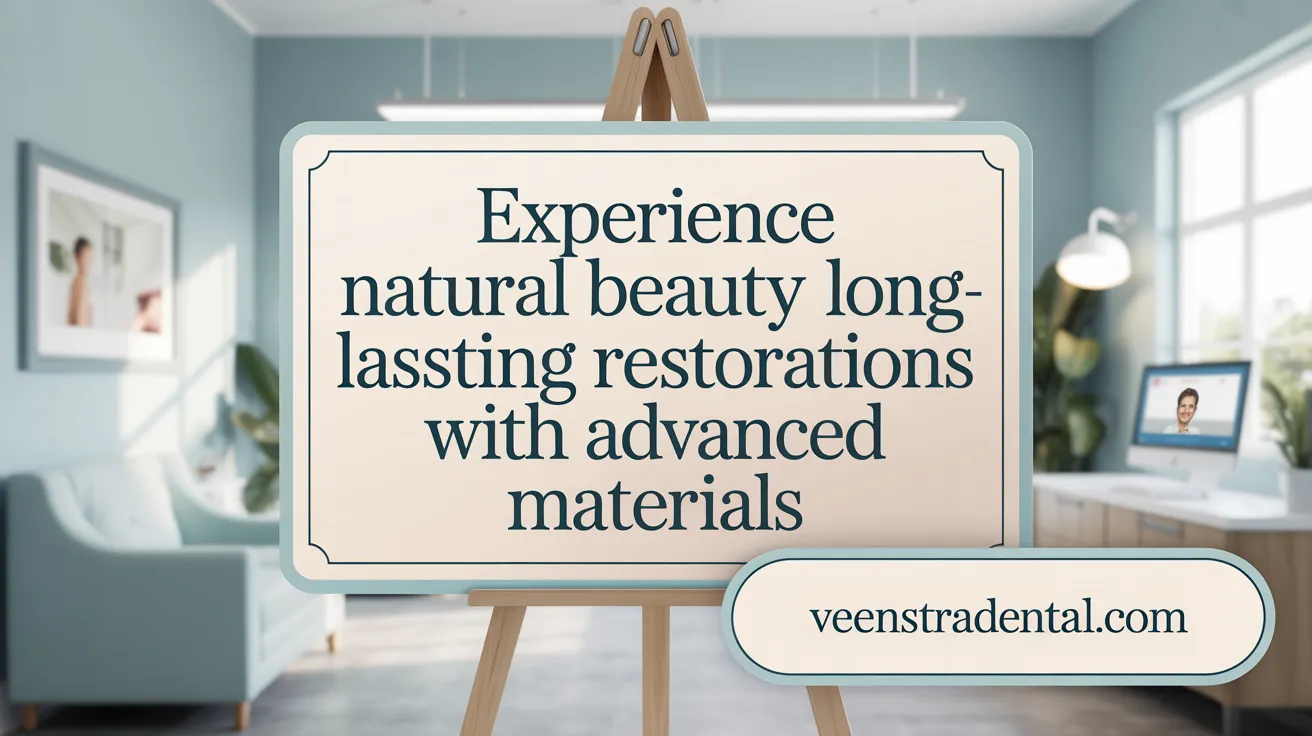
Advanced Dental Materials Transform Restorative Dentistry
Modern restorative dentistry employs innovative materials that not only restore teeth but also enhance their durability and natural look. Bioactive materials in restorative dentistry, in particular, play a significant role by promoting tissue regeneration, remineralization, and antibacterial effects, making restorations healthier and longer lasting.
Resin Composites, Ceramics, and Zirconia
Resin composite materials have become popular due to their excellent aesthetic qualities and reliability. They bond well to tooth structures and preserve natural enamel while offering a tooth-colored alternative to traditional metals. Ceramics, including porcelain, provide strong and durable options for crowns and bridges with a lifelike appearance. Zirconia stands out for its impressive strength and natural translucency, making it a preferred choice for crowns requiring both longevity and aesthetics.
Smart Restorations: Stress-Responsive and pH-Sensitive Materials
Emerging smart restorative materials adapt to oral conditions for enhanced function. Stress-responsive crowns can modify their properties under pressure, reducing fracture risks. Similarly, pH-sensitive fillings release antibacterial agents when tooth decay threats increase, offering preventive benefits. These dynamic materials contribute to restorations that actively protect the tooth and improve comfort.
By integrating bioactive, nano-enhanced, and smart technologies, modern dental materials ensure restorations look natural, last longer, and help maintain optimal oral health.
Minimally Invasive Techniques Improving Patient Comfort
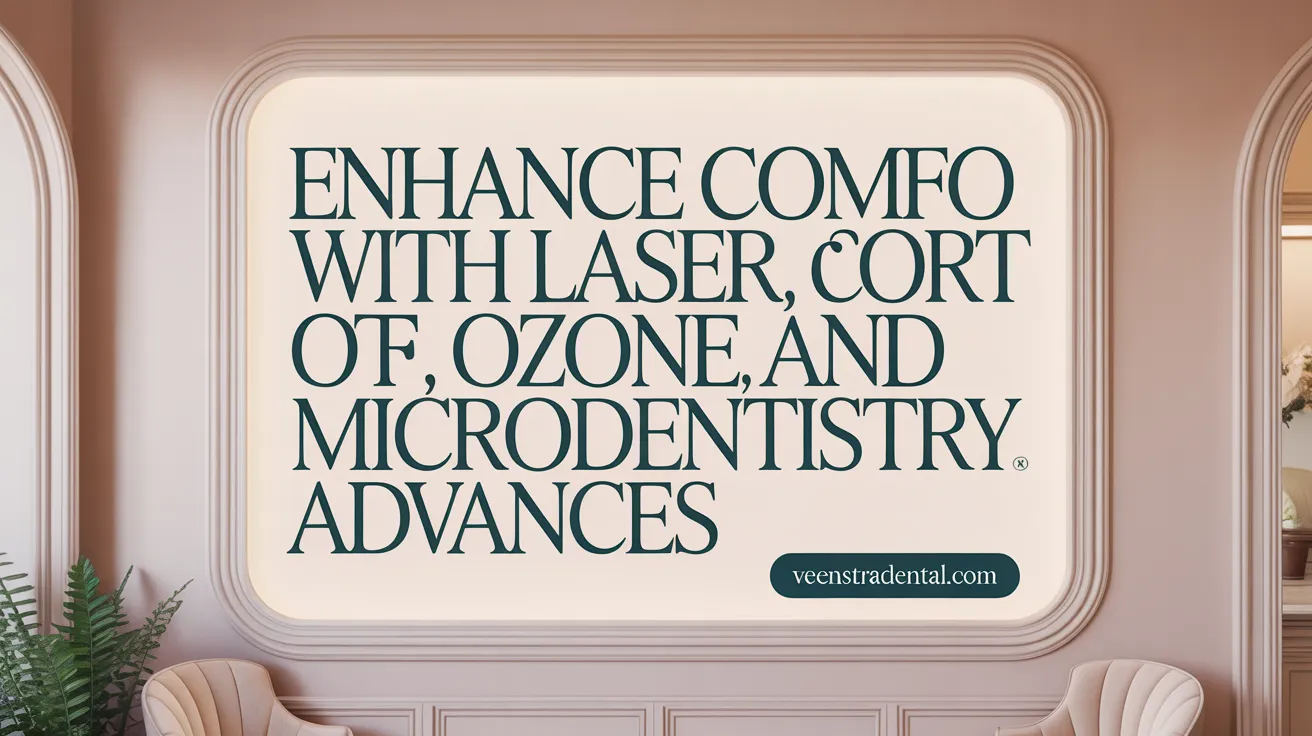
What is Laser Dentistry and How Does It Benefit Patients?
Laser dentistry uses focused light beams for procedures like gum reshaping and decay removal. This approach is minimally invasive laser dentistry, causing less pain and swelling compared to traditional methods. Patients experience faster healing times and reduced need for anesthesia, making treatments more comfortable and convenient. Learn more about precision laser dentistry and the benefits of laser dentistry.
How Do Air Abrasion and Microdentistry Conserve Natural Tooth Structure?
Air abrasion techniques gently remove decay without drilling, preserving more healthy tooth tissue. Microdentistry involves using precision tools for targeted treatment, avoiding unnecessary damage. These methods are minimally invasive dental techniques, promote quicker recovery, and maintain the tooth's natural integrity. Explore air abrasion dentistry and advanced minimally invasive dental techniques.
What Role Do Ozone Therapy and Superior Adhesives Play in Minimizing Treatment Impact?
Ozone therapy applies ozone gas to kill bacteria in decayed areas non-invasively, helping preserve healthy tissues and reduce sensitivity. Advanced dental adhesives improve bonding strength, allowing restorations to be securely placed with minimal preparation. Together, these innovations reduce procedure invasiveness and enhance recovery experiences. These advancements are part of modern restorative dental materials and techniques.
These minimally invasive techniques collectively contribute to patient comfort by limiting tissue damage, pain, and downtime, while supporting effective and durable dental restorations. For more on advanced implant technology and restorative methods, visit the provided resources.
Emerging Frontiers: Regenerative Dentistry and AI Integration
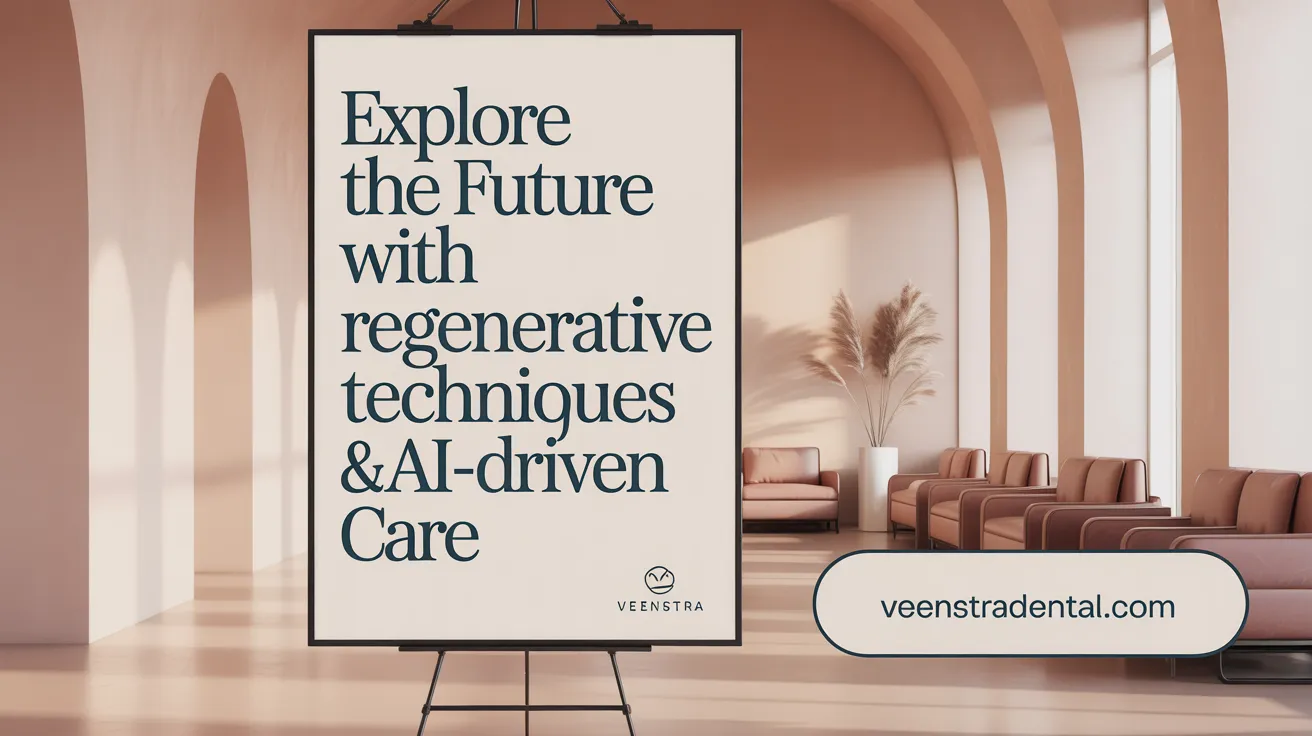
How is stem cell therapy and biomaterials advancing tissue regeneration in restorative dentistry?
Stem cell therapy combined with innovative biomaterials for dental tissue regeneration is revolutionizing restorative dentistry by enabling the natural repair and regeneration of damaged teeth and oral tissues. These therapies aim to regenerate dentin, dental pulp, and bone, potentially reducing reliance on artificial replacements. Bioactive dental materials for tissue regeneration support tissue growth and integration, promoting healing and restoration beyond the capabilities of traditional treatments.
What role do artificial intelligence and teledentistry play in diagnostics and treatment planning?
Artificial intelligence in restorative dentistry (AI) and teledentistry are enhancing the precision and accessibility of restorative dental care. AI assists dentists in diagnosing dental conditions, personalizing treatment plans, and predicting treatment outcomes with greater accuracy. Teledentistry enables remote consultations and diagnostics, improving access to care, especially in underserved areas. Together, they streamline procedures, reduce chair time, and expand patient reach.
How are sustainable practices and personalized care shaping the future of restorative dentistry?
The future of restorative dentistry is increasingly focused on sustainable practices in dentistry and personalization. Eco-friendly materials and energy-efficient clinical practices help reduce environmental impacts. Moreover, personalized restorative care leverages genetic analysis and patient-specific data to customize treatments that optimize function and aesthetics, improving long-term oral health outcomes. This tailored approach fosters better patient satisfaction and durability of restorations.
The synergy of regenerative techniques, AI technologies, and sustainable, personalized care marks exciting new frontiers in restorative dentistry. These innovations promise not only enhanced clinical outcomes but also more patient-centered, efficient, and eco-conscious dental health solutions.
Embracing Advanced Restorative Dentistry for Better Oral Health
The landscape of restorative dentistry is rapidly evolving with the integration of advanced technologies, innovative materials, and minimally invasive procedures. These developments are not only enhancing the durability and aesthetics of dental restorations but also significantly improving patient comfort and treatment efficiency. Moreover, emerging regenerative therapies and artificial intelligence are poised to revolutionize personalized dental care further. Patients seeking restorative solutions today benefit from a wide array of cutting-edge options tailored to restore function, health, and natural appearance, ensuring long-term oral wellbeing and confidence.
